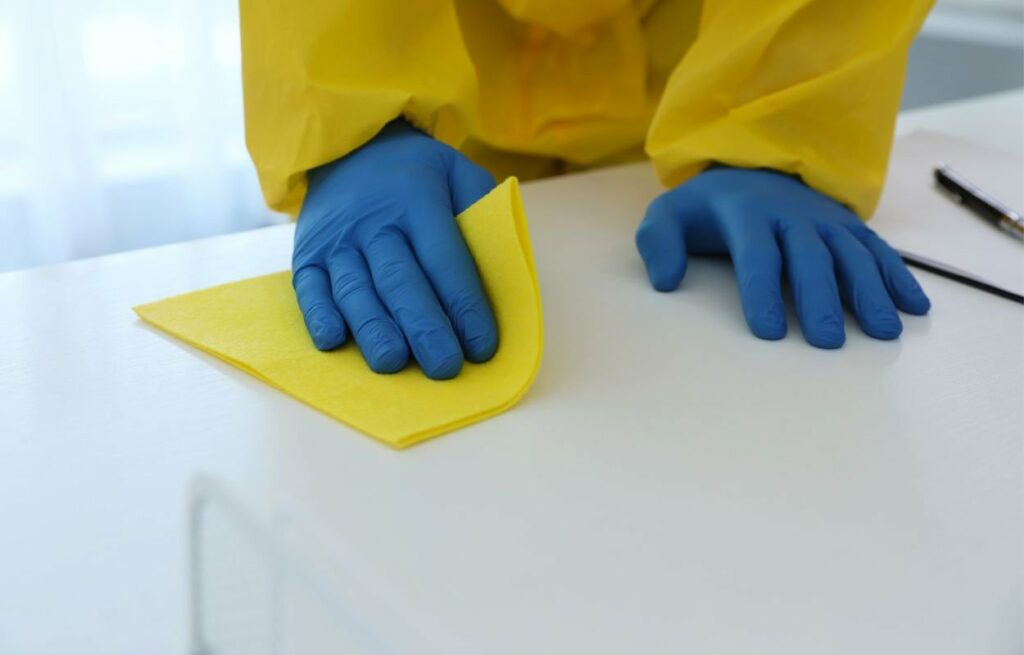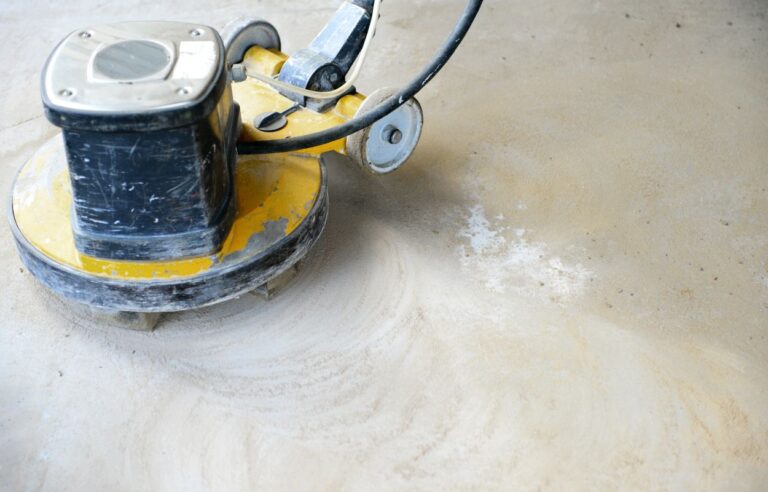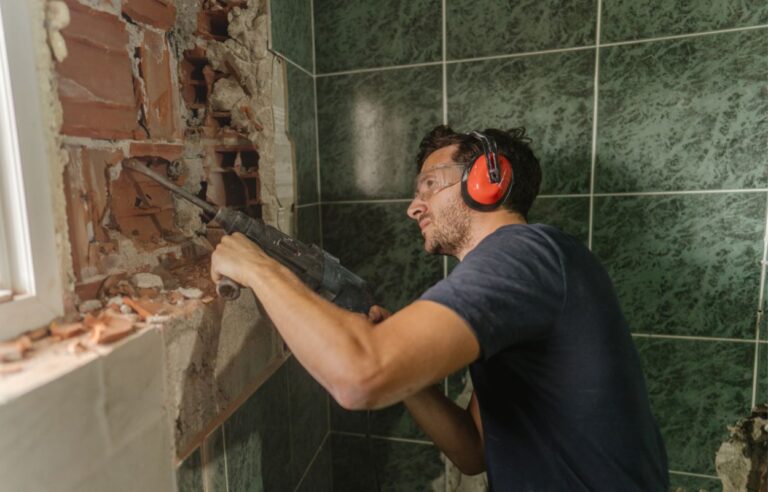
Hazmat (Hazardous Materials) cleaning is a specialized process that requires careful planning and execution to ensure the safety of both the environment and individuals involved. Whether it’s a chemical spill, biological contamination, or other hazardous material incidents, proper cleaning is crucial. In this blog post, we will explore the key steps involved in local hazmat cleaning, highlighting the essential measures to effectively handle and clean hazardous materials.
UNDERSTANDING THE SCOPE OF THE HAZARD
The initial step in hazmat cleaning is to understand the scope and nature of the hazard. This involves identifying the type of hazardous material, assessing its quantity, and determining the affected area. This information is vital for creating a targeted cleaning plan and ensuring that the proper precautions are taken to mitigate risks. Local hazmat cleaning professionals must be equipped with the knowledge to identify and categorize different hazardous materials accurately.
IMPLEMENTING PERSONAL PROTECTIVE EQUIPMENT (PPE)
Before diving into the cleaning process, it’s crucial to prioritize safety by ensuring that all individuals involved have the appropriate Personal Protective Equipment (PPE). This may include suits, gloves, masks, and other specialized gear depending on the nature of the hazardous material. Wearing proper PPE not only protects the cleaning crew but also prevents the spread of contaminants to unaffected areas, emphasizing the importance of safety in local hazmat cleaning.
CONTAINMENT AND ISOLATION
Once the hazard is identified, the next step is to contain and isolate the affected area. This prevents the spread of contaminants to other parts of the facility or environment. Effective containment may involve erecting barriers, sealing off ventilation systems, and implementing other measures to create a controlled environment. By isolating the hazard, local hazmat cleaning teams can focus on cleaning without risking further contamination.
SPECIALIZED CLEANING TECHNIQUES
Local hazmat cleaning requires specialized techniques tailored to the specific nature of the hazardous material. This may involve using absorbent materials, chemical neutralizers, or other cleaning agents designed to address the unique properties of the contaminant. The cleaning process should be thorough, ensuring that all traces of the hazardous material are effectively removed. Employing the right techniques is essential to prevent any potential long-term adverse effects on the environment or the health of individuals.
WASTE DISPOSAL IN COMPLIANCE WITH REGULATIONS
Proper disposal of hazardous waste is a critical aspect of hazmat cleaning. It is essential to follow local and federal regulations governing the disposal of specific hazardous materials. Failure to comply with these regulations can result in legal consequences and environmental harm. Hazmat cleaning professionals must work with licensed waste disposal facilities to ensure that all waste is disposed of safely and responsibly.
POST-CLEANING DECONTAMINATION
After the cleaning process is complete, thorough decontamination is necessary to ensure that the affected area is safe for occupancy. This involves cleaning and disinfecting surfaces, equipment, and tools used during the hazmat cleaning process. Post-cleaning decontamination is a crucial step in preventing any residual hazards and ensuring that the environment is restored to its pre-incident state.
Local hazmat cleaning is a meticulous process that demands attention to detail and a commitment to safety. By understanding the scope of the hazard, implementing proper PPE, containing and isolating the affected area, employing specialized cleaning techniques, adhering to waste disposal regulations, and conducting post-cleaning decontamination, hazmat cleaning professionals can effectively manage and mitigate the impact of hazardous materials incidents. Prioritizing safety and following these key steps are essential for a successful hazmat cleaning operation.





